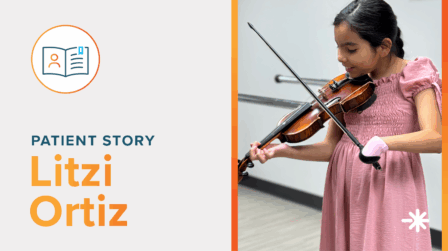Blount’s Disease
Affects the growth plates in the bones of the lower leg, causing them to bow outward.
Understanding Blount’s Disease
Blount’s disease, also known as Blount disease, affects the growth plates in the bones of the lower leg, causing them to bow outward. It causes the growth plate on the inside portion of the knee to slow or stop making new bone, while the growth plate on the outside of the bone continues to grow, resulting in a bowlegged appearance.
Diagnosis
Blount’s disease is diagnosed through an X-ray. There are two types of Blount’s disease, infant and adolescent. Infant Blount’s disease affects both legs and is generally diagnosed between birth and 4 years of age. Adolescent Blount’s disease is diagnosed around the age of 10 and generally affects one leg. Whether it starts as an infant or adolescent, Blount disease will worsen if not treated.
In many cases, a bow-legged appearance in very small children is normal and should resolve by the age of 2.
Treatment
If left untreated, Blount’s disease can quickly cause inward rotation of the lower leg, causing frequent falling. Long-term lack of treatment can lead to arthritis and pain in the knee joint, as well as difficulty walking.
For patients with infantile Blount’s disease, bracing is the standard of care to help avoid surgery and should be started under the age of 3.
Lower limb bracing is used to align the legs into a straighter position as your child grows. A difference in the angle of the lower legs is usually seen within 12 months of the start of bracing; however, bracing may be used until the desired bone angle is reached. If the bowing remains after the child turns 4, surgery may be required.
The goal of bracing in Blount’s disease is to unload the inside of the lower leg and allow the bone to grow straight. The effectiveness of bracing will depend on what age the brace is started and how often the brace is used.
Latest Updates
Subscribe to stay up-to-date on our latest posts.


